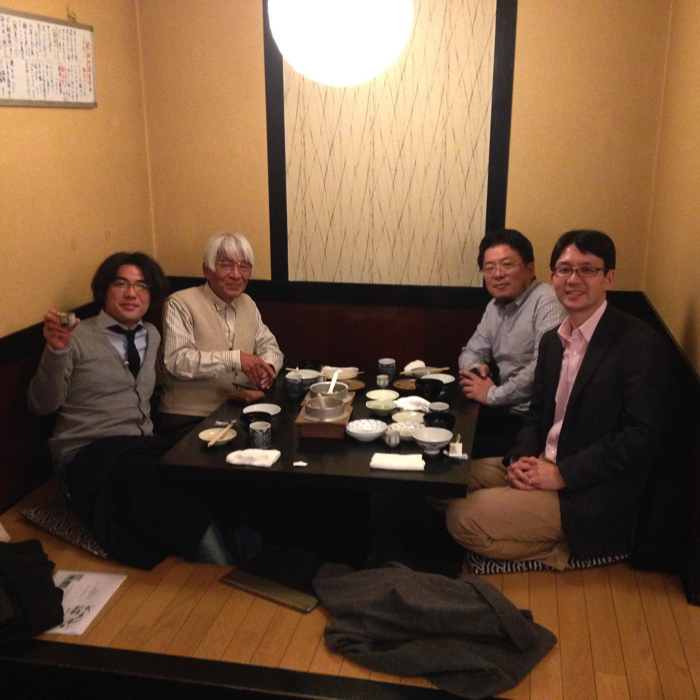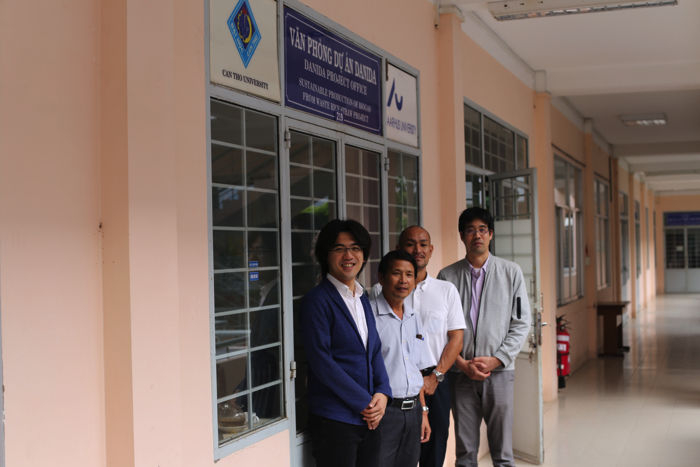- Project Leader : Fujimoto Tokihiko (Shizuoka University, Faculty of Agriculture)
- Collaborators : Tomotsugu Shinsuke (Hiroshima University, The Center for Peace)
- : Kobayashi Satoru (Kyoto University, Center for Southeast Asian Studies)
- : Hinata Shinsuke (Osaka University, Graduate School of Language and Culture)
Outline of Research
The PREK THNOT power and irrigation development project in Cambodia was planned as a multilateral aid project in 1968 with Japan as the leading donor. However, the project was abandoned due to the impact of the Cambodian Civil War, the Cold War in Southeast Asia, and the strained relations between Cambodia and the USA in the 1970s.
The research will examine the PREK THNOT project based on historical information. This includes field surveys of the remains of public works in the PREK THNOT river catchment area, as well as study of historical materials from civil engineering networks (including original diagrams) and the diplomatic relations around the project. Through these analyses, the study will illustrate how multilateral technical cooperation in Southeast Asia has changed during the last 50 years.
Description
Official records and documents of the PREK THNOT project are missing in Cambodia. However, some important traces and records still remain in the foreign countries involved in the project (for example Japan’s 1959-1962 hydropower feasibility study, Australia’s 1964-1965 dam facilities plan, and Israel’s 1965-1966 irrigation feasibility study). Some basic civil engineering facilities that were constructed during the Cambodian Civil War era are also still observable in the area. Moreover, key persons in charge of the engineers and government officials from Cambodia and Japan are still alive. Therefore, it is possible to reconstruct the original 1960s plan by integrating information gained from various qualitative data and document surveys.
The project will follow four steps: (1) gather and analyze project planning reports and diagrams, (2) analyze diplomatic documents (from the point of view of Japan’s role), (3) conduct fieldwork in the PREK THNOT river catchment area, and (4) interview the network of civil engineers and government officials at that time.
Why are we trying to reconstruct the missing plan? This study is important because it not only shows a water resource management best practice case in Cambodia, but it is also a model case for studying the historical development of multilateral technical cooperation in the Mekong river catchment area in the 20th century.
 Prof. Kaida talked about the Mekong River Commission in the 1970-80s |
 Prof. Chiem talked about the landuse change in the Mekong Delta since the 1970s |
